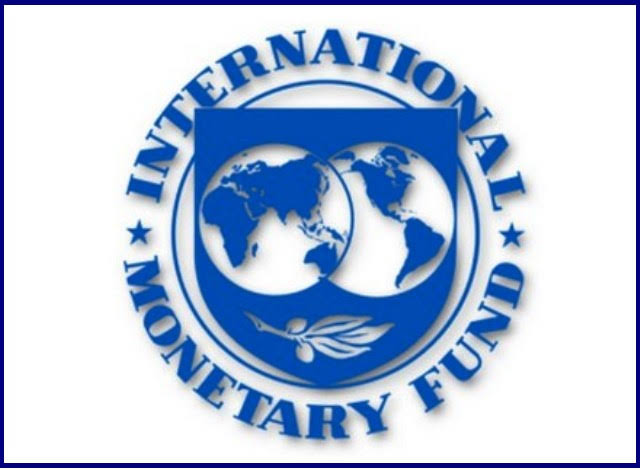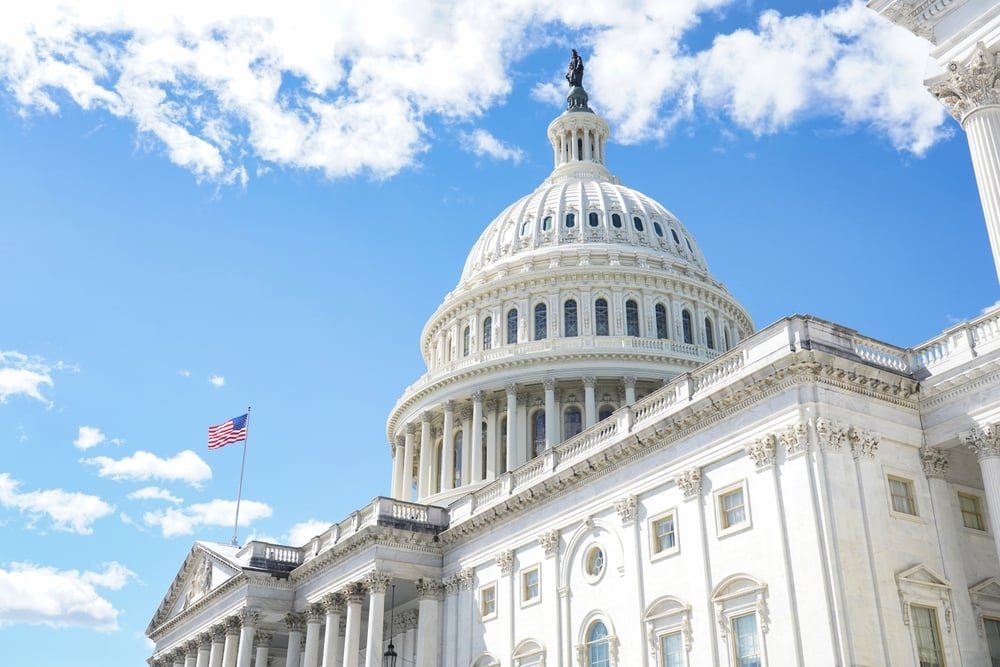Publisher: Maaal International Media Company
License: 465734
Maintaining its bullish forecast for 2022
Saudi Economy Growth Rate to Move up to 2.8% -IMF Outlook
International Monetary Fund (IMF) boosted its prediction for Saudi economic growth this year to 2.8% from 2.4% in July, indicating that the Saudi economy is still recovering.
The IMF also maintained its bullish forecast for Saudi economic growth in 2022, at 4.8%.
IMF’s expectations exceeded the Ministry of Finance’s preliminary estimates, with expectations of real GDP growth rate of 2.6% for the entire Year 2021, driven by 4.2% growth rate, in the non-oil economy, taking into account the performance of economic indicators during the first half of the year.
This comes as the IMF decreased its prediction for global economic growth rate to 5.9% in 2021 and 4.9% in 2022, a 0.1 percentage point fall in 2021, in its “World Economic Outlook” report for the month of October.
اقرأ المزيد
What was said in the forecast for July 2021?
The fall in the prediction for 2021 incorporates cutbacks in advanced economies – partly due to supply chain disruptions – as well as those in low-income developing countries, which are mostly due to the pandemic’s worsening dynamics.
Such a decrease is largely offset, according to the IMF, by an improvement in the short-term outlook in some commodity-exporting emerging markets and developing nations.
The rapid spread of the “Delta” strain, as well as the danger of the emergence of other mutant strains, have heightened doubt about how quickly the pandemic may be conquered, according to the Fund.
Given the limited space for action, deciding between policy possibilities has become increasingly challenging.
While the global economic recovery is still underway, at a time when the pandemic is experiencing a new wave of infection, its prior momentum has decreased and the level of uncertainty has increased.
Disparity in economic prospects between nations remains a major source of concern, with projections indicating that the group of advanced economies’ aggregate output will return to its pre-pandemic trend trajectory, in 2022 and exceed it by 0.9% in 2024.
On the contrary, projections show that the overall output of emerging market and developing economies (excluding China), in 2024, will be 5.5% lower than the pre-pandemic forecast, implying an even greater setback in efforts to improve living standards.
The good news for policymakers, according to the research, is that long-term inflation expectations are well-anchored, although experts disagree on how long the pricing pressures will endure.
Some have speculated that the government’s stimulus measures may reduce unemployment rates, enough to boost salaries and propel the economy into a frenzy of activity, and that expectations may have dropped from their goal base, resulting in a self-fulfilling inflationary spiral.
Others, on the other hand, believe that when the enormous spending boom fades, the pressure will eventually subside.
If COVID-19’s cracks will last longer — short-term divergences are predicted to have a long-term impact on medium-term performance.
The main causes of the gaps are vaccination access and early policy support.
While over 60% of the population in affluent economies has received complete doses of the vaccine, and some are already in the process of receiving boosters, about 96% of the population in low-income countries is still unvaccinated, according to the research.
Despite the growing gap in output, emerging and developing economies are striving to accelerate the withdrawal of policy support, due to tightening financing conditions and the increased danger of inflation expectations falling from their target base.
On the one hand, the advent of the pandemic and the disruption of weather conditions led to a shortage of primary production inputs and a decline in the activity of manufacturing industries, in various nations, posing a new challenge to policies.
Consumer price inflation has risen significantly as a result of this supply shortage, as well as unleashed subdued demand and a recovery in commodity prices.
The quick rise in inflation in advanced and emerging market countries this year has been propelled by robust demand, constrained supply, and rapidly rising commodity prices, as a result of the economic recovery.
Although the dangers of accelerating inflation remain, we estimate inflation to continue to rise in the following months, until returning to pre-pandemic levels by mid-2022, the IMF report concluded.









